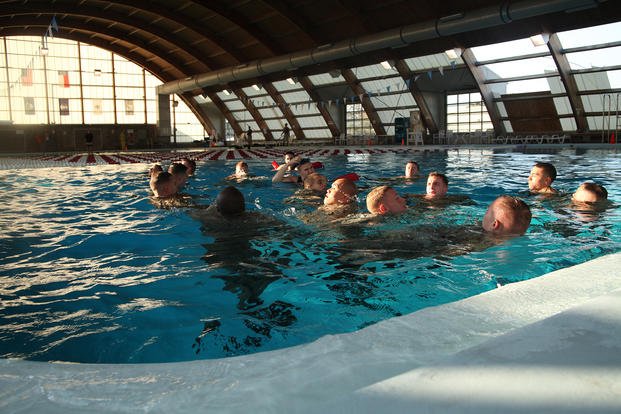When people seek to begin a journey of fitness and general health, especially after a long period of either sedentary or recovering from injury, what to do those first few weeks of training can be a difficult decision.
The American Heart Association recommends beginners walk for 30 minutes five days a week. If you want a workout program that is truly for beginners, start off with a month of walking every day for 20-30 minutes, stretch and drink more water throughout the day. And if you cannot walk, try using a stationary bike, elliptical or recumbent bike.
Here are some more in-depth tips to get started with your training program for beginners:
Mix methods of activity. Walking is the number one method of moving and burning calories for most people. If you are capable of walking, get a good pair of walking shoes and be consistent. Stretch during and after the walk as well to increase the flexibility and mobility of your joints and muscles. Mix in biking, rowing, paddleboarding, skating, elliptical gliding, and stair-stepping to add variety to your activity choices.
Know your why. You need to have a why you want to start moving more/eating healthier. Even if it is to avoid the doctor and be healthier or look better naked, these whys are powerful and can help you get moving even when motivation is low.
Create a reason that is performance- and health-based. These produce real objective numbers, like how many pull-ups you can do, how fast you can run a mile and your health screening numbers for cholesterol and blood pressure. Sometimes if the goals are purely aesthetic, you may never be satisfied and get discouraged if the results you seek are lagging.
Set a goal. Once you have established why you want to start a walking or beginner training program, now set a goal or accomplishment to make by a certain time of the year. It is recommended to "start something today that your next-year self will be glad you did." Realistic timelines are helpful. Losing 30 pounds at the end of the month should be stretched into 3-4 months, for instance.
Push yourself. Push yourself not necessarily on a pace that is unmanageable but by building a habit that will take your initial motivation and turn it into discipline. Many military veterans find that a daily physical fitness routine takes them back to their days of serving when routine and discipline were part of the daily lexicon. Build healthy habits so you miss the days you cannot go outside and exercise.
Offering generic fitness programs for beginners is challenging, as the term "beginner" depends on what an individual is capable of doing as an initial workout program. Not everyone has gym access or can walk, so a program has to have many options. Every walking program needs to have options for other activities and even when to consider starting a running program. Here are some guidelines and some ideas to help you get started:
Free 45-Day Plan: Not sure where to start? Try this. If it is too difficult, back it down and reduce the repetitions or distances of cardio events. If that is too easy, increase the daily challenges with many other options in the supplement programming section for core, stretching and more cardio.
Other options:
Tactical Fitness 40+ Foundation Rebuilding
Stew Smith is a former Navy SEAL and fitness author certified as a Strength and Conditioning Specialist (CSCS) with the National Strength and Conditioning Association. Visit his Fitness eBook store if you’re looking to start a workout program to create a healthy lifestyle. Send your fitness questions to stew@stewsmith.com.
Want to Learn More About Military Life?
Whether you're thinking of joining the military, looking for fitness and basic training tips, or keeping up with military life and benefits, Military.com has you covered. Subscribe to Military.com to have military news, updates and resources delivered directly to your inbox.


















